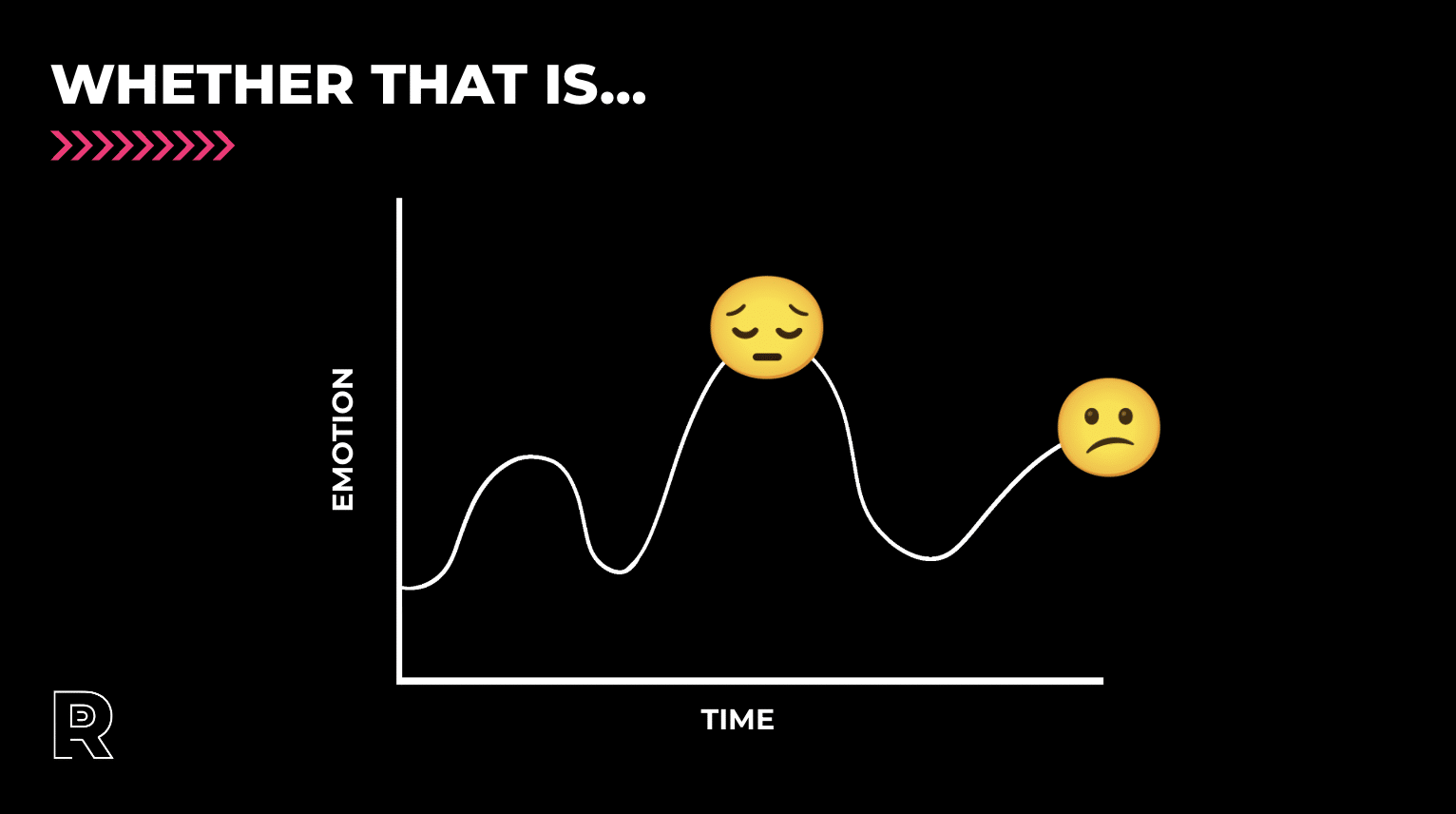The SEO-UX paradox: Achieving visibility without sacrificing user delight
SEO doesn't have to undermine UX. Learn how to create user-centric experiences that resonate with users and satisfy search engines.


SEO and user experience (UX) are critical components of modern digital marketing strategies. While SEO focuses on improving a website’s visibility in search engine results, UX aims to optimize the overall experience for users visiting the site.
At first glance, these two objectives may seem contradictory. However, as search engines like Google continue to prioritize user satisfaction, the lines between SEO and UX are blurring.
This article explores the SEO-UX paradox and how businesses can achieve visibility and user delight through a holistic approach that aligns with search engine algorithms and human needs.
Investing in UX and SEO
Every $1 invested in UX delivers a return of $100, according to a Forrester report. There are mixed reports on the return for SEO ranging from $3 to $5 for every $1 spent.
Understandably, the impact for UX is much greater, as UX is focused on optimizing the experience to drive better results. Still, without SEO, the website could be missing the traffic required to convert. Therefore, focusing on both SEO and UX within your digital marketing strategy is critical.
In recent years, Google has made SEOs’ lives much easier by focusing on UX through E-E-A-T and Core Web Vitals. Both initiatives focus on user experience, and although they are not the critical component of the algorithm, they are still factors to consider.
Why you should focus on delighting your users
Delighting users should be a core focus for all websites. When you delight a user, you create a much stronger opportunity for that user to buy from your business or continue to interact and advocate for your business.
From a psychological perspective, there is a cognitive bias known as “the peak-end rule.” The peak-end rule refers to the fact that, as humans, we are much more likely to remember the peak (emotionally) of an experience and the end of it.
So whether that be a frustrating or disappointing experience like this:

Or, a really fantastic, happy experience like this:

Many purchases include a digital element or are solely completed online. So, if your website makes it hard for the user to find what they are looking for or the site does not work well on the device they are using, you could be creating the wrong type of memories that will be hard to erase.
With this in mind, we know our lasting impression can be influenced by the highest point of emotion, so we need to design journeys that bring joy during and in conclusion to our audience.
Dig deeper: 4 SEO tips to elevate the user experience
What can SEOs do to ensure we delight our audience?
As an SEO, your goal is to optimize your website to meet users’ needs when they search online. Understanding user intent is key to this. Simply driving traffic isn’t enough; you must provide value by aligning with what users are searching for.
If you prioritize your own agenda over user needs, you can frustrate them and harm your brand’s reputation. Instead, focus on delivering what users are seeking and building a positive relationship with your audience.
The link between meeting user needs and your tasks is clear. Even better, there’s a strong alignment between what search engines prioritize and what you should focus on.
8 top tips to delight and optimize at the same time
1. Match the user intent and measure success based on what the user is trying to do
If you can match the intent between the user’s search query and your landing page, you are on track to delight the user. Sometimes, your response might not be what users want, but that’s alright as long as you’re genuine and transparent, providing a way forward.
Ensure you have clear success measures that match what the user is trying to achieve. This will help you to understand your leading indicators for success, as the more positive actions you can measure ahead of the sale/inquiry, the more predictable the sale becomes.
Matching intent should incorporate demonstrating experience. Every piece of content should be a narrative. The most effective way to promote information, products or services is through stories. They should highlight your brand’s expertise in your field, making it clear to users and Google that you’re relevant to their search.
Dig deeper: How to optimize for search intent: 19 practical tips
2. Demonstrate expertise in what you do or sell
You might have been able to rank your website for a search term or match intent in your content, but that is not always enough. With so much choice and the ease of hitting “back” and looking for another website, the user needs to see that your website is run by experts in what you do.
Humans have an innate fear of screwing things up. It goes back to our need to survive, so they need to be sure they are considering working with or buying from an expert.
This perfectly aligns with Google’s E-E-A-T assessment criteria. The user and Google want to know what gives your website the credibility to answer their query and what qualifications, history or case studies you have shared to demonstrate expertise in your field.
3. Build authority in your relevant communities
Links have long been a powerful method of demonstrating authority to Google, but good link building strategies should also have a foundation in demonstrating authority to your audience. Building links on websites that your audience does not frequent is, in my mind, as useful as putting a sign up on a street with no footfall.
Your link building strategy should be about building authority in communities relevant to your audience and product or service. This adds value by signaling to Google that you’re an authority and helps attract relevant users to your website.
When users turn to a search engine to ask questions, they don’t always want to land on a brand website. Sometimes, they are looking for content hosted on a media site, a third-party blog, etc.
If every site a user turns to refers back to your brand somehow, then the same will be true for Google, an extremely powerful signal that your website is an authority on a topic.
Dig deeper: Modern link building starter guide
4. Be a trusted resource
Anyone can publish anything on the web, sometimes with harmful intentions. Every week, there are stories of people losing money, falling for false information, or being deceived. This has made users more cautious and skeptical, especially with new brands. Even Google is cautious, seeking signals of trustworthiness from websites.
The previous three points all help from a trustworthiness perspective. When implemented correctly, they ensure the user (and Google) can see you’ve got experience doing what you do, you have the relevant experience and qualifications (where required) and that other relevant, trusted sources are willing to support you.
Trust is also formed by ensuring your content is kept up to date and has clear sources to back up claims where required. An example I keep seeing crop up that flags a concern with me is websites that still talk about their COVID-19 measures, which would have been relevant to the lockdowns. This clearly demonstrates that the website content has not been reviewed in a long time.
Include reviews from a third-party provider and transparent links to contact information, policies and “About us” information. Featuring humans on your website as authors can help build trust with your audience.
The key theme is authenticity. Simply checking off boxes won’t suffice; it must be genuine and in line with your company’s vision, which should resonate with your audience.
5. Map the user emotions across your buying journey
As demonstrated by the “peak-end rule,” understanding users’ emotional journey on your website is crucial for a positive experience.
Researching various user scenarios can reveal important insights that might not be apparent to your team, as your website may seem intuitive to you but not necessarily to your target audience.
You can conduct this process in multiple ways, such as using eye-tracking and facial analysis as users navigate online or gathering qualitative and quantitative data through surveys conducted by a behavioral team.
It’s crucial to include a diverse range of your audience in these studies. For instance, if your target audience spans different age groups, focusing only on Gen Z won’t give you insights into how it affects older generations like boomers.
Eye-tracking and facial analysis, in particular, can often match up with some Google Core Web Vital scores. For example, website speed and page loading are bugbears for many. That frustrating moment when you click on the wrong item because the page loads gradually is so frustrating to humans but also Google.
The answer to some of the issues this research raises can be related to the technical health of your website, but it can also come back to behavioral science. If it is possible to identify a customer becoming anxious, you may not be able to change the reason, but you can ease their worries through better signposting or clearer content.
Dig deeper: 5 behavioral strategies to make your content more engaging
6. Take advantage of content layout and structured data
Since Google’s inception, title tags have played a vital role in organizing content. They aid search engines and users by allowing them to quickly scan and find relevant information on a page.
Incorporating page layout and titles, along with understanding user intent, results in more valuable content. This enhances user experience by simplifying information consumption and also assists Google’s crawlers in better understanding and indexing content.
This can be advanced even further by incorporating structured data, making it easier for Google to understand the context of the content. This can lead to improved rankings and the opportunity to achieve featured snippets, which are also great from a UX perspective.
7. Optimize your visual, audio and video content
Websites now offer more diverse content, which benefits users with different preferences and needs. However, from an SEO standpoint, it’s crucial to maintain balance. For example, solely having videos without accompanying content isn’t helpful for Google.
It’s important to prioritize user experience while also providing transcripts for videos, audio like podcasts and alt text for images to enhance accessibility and meet Google’s requirements.
8. Accessibility to delight your user
Prioritizing accessibility ensures that your website is inclusive for everyone, benefiting both users and search engines. The upcoming European Accessibility Act 2025 makes accessibility a legal requirement for many websites. However, there are broader benefits beyond legal compliance.
Improving accessibility expands your audience, reaching users who may have previously struggled to access your content. These enhancements also make it easier for search engines to navigate and understand your website, similar to how screen readers operate.
Humans and search engines are more aligned than ever
Humans and search engines are becoming closely aligned in their website preferences. This trend will likely continue as search engines rely on human satisfaction. If search engines prioritize the wrong websites, trust will diminish, leading to lost users and revenue.
The moral here for SEO teams is to work closely with your UX colleagues, and if no one is assuming that role, start taking time to learn about this yourself.
Traffic alone is a vanity metric; the business value is in ensuring that the traffic takes the right actions to drive revenue and growth. This happens through good UX and continuing investment to improve the website experience. Something we know Google will thank us for as well.






















